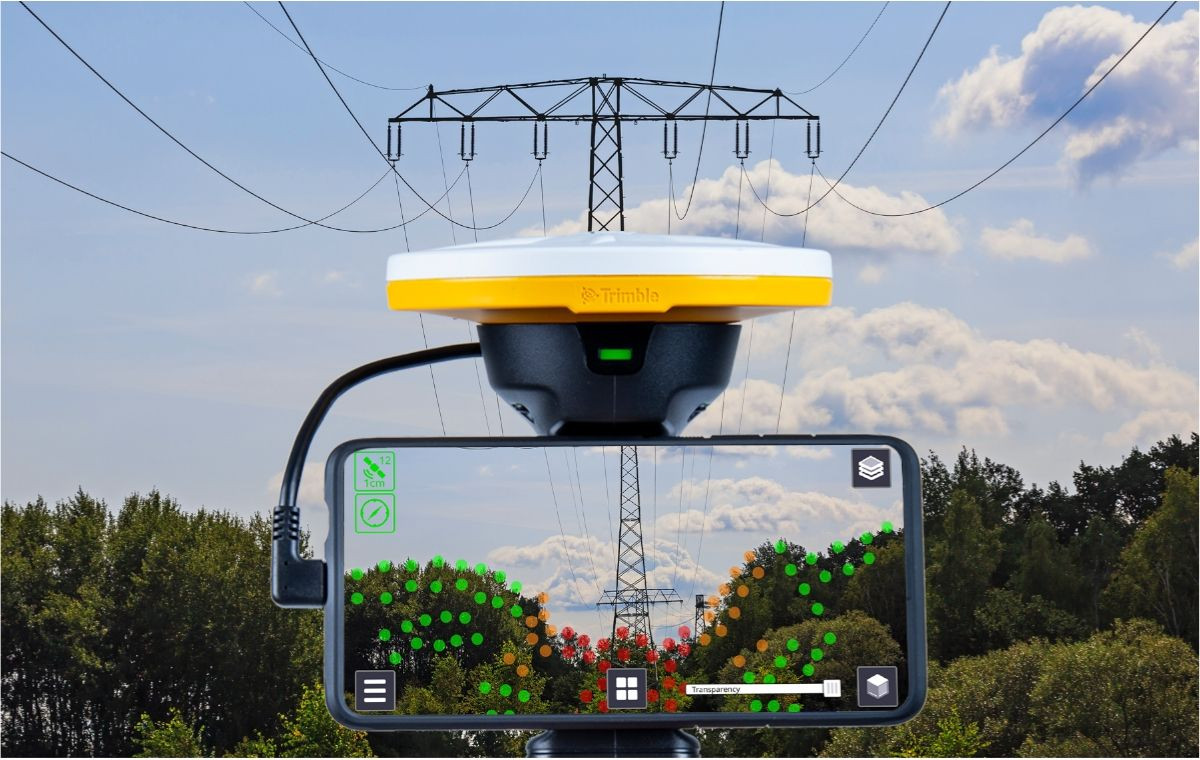Is the UVM challenge, really a data challenge?
Managing trees around powerlines is a multi-billion annual activity worldwide and getting it wrong can cost further billions: from the economic impact of network outages through to asset damage following natural disasters.
At NM Group we have had the privilege to discuss this particular challenge with a great many utility folks across many networks globally. Therefore we think we can summarize what we hear as the common problem, “we want to reduce the risk to the network and the public while ideally spending the same or less.”
Not an easy problem to solve though. How can utilities mitigate vegetation issues without exposing their networks to greater levels of risk? It can be tempting to look for incremental savings at the expense of arborists margins, however, this is limited (trees need to be professionally removed/trimmed) and risks longer-term resilience. We believe that to fully address the problem it requires a change of mindset, using targeted data to inform the best course of action (and doing much of the heavy lifting).

Frequently we see that utilities don’t actually have a problem with trees, they have an issue with data. You can only perform effective management decisions if you have all the facts. From field inspections, planning, field execution and reporting - they all require accurate data, made easily accessible and placed into context. Without good data passing through each stage of the work cycle then inefficiencies and inaccuracies will always occur. That’s the bad news, the good news is that therein lies the opportunity for networks to save money, reduce vegetation risk or as is more often the case - achieve both.
Well, that sounds great in theory but what does that mean for utilities right now and in the coming years? How will this impact on the UVM process? Simply, we see that creating the digital utility environment with a live data model behind will become commonplace. Having this model will enable risks to be analyzed, scenarios tested and fundamental management decisions to be data-driven and optimized. In other words, the Digital Twin concept applied to utilities. Letting networks interrogate their virtual environment and test different decisions to see the cost and risk ratio will be a hugely powerful tool. As an example think weather forecasts influencing real-time tree risk, vegetation growth speeds for optimum tree management and real-time field team location to best optimize time on site... you get the idea.
Crucially, there needs to be analytics and smart software that present this in a way that can be easily digested - providing the tools for the utility to test different scenarios and be confident that the decision they are making is the very best one for the organization. This will become even more important as more and data from lots of different sources become cost-effective and widely available.
In our conversations with customers, we find it useful to talk in terms of the UVM cycle and data flows. I recommend you to do the same. Look for areas where there are gaps and think about how technology and software can be applied. By maintaining this higher-level view, you can focus on achieving maximum benefit and move towards that elusive goal of ‘less risk, less spend’.
